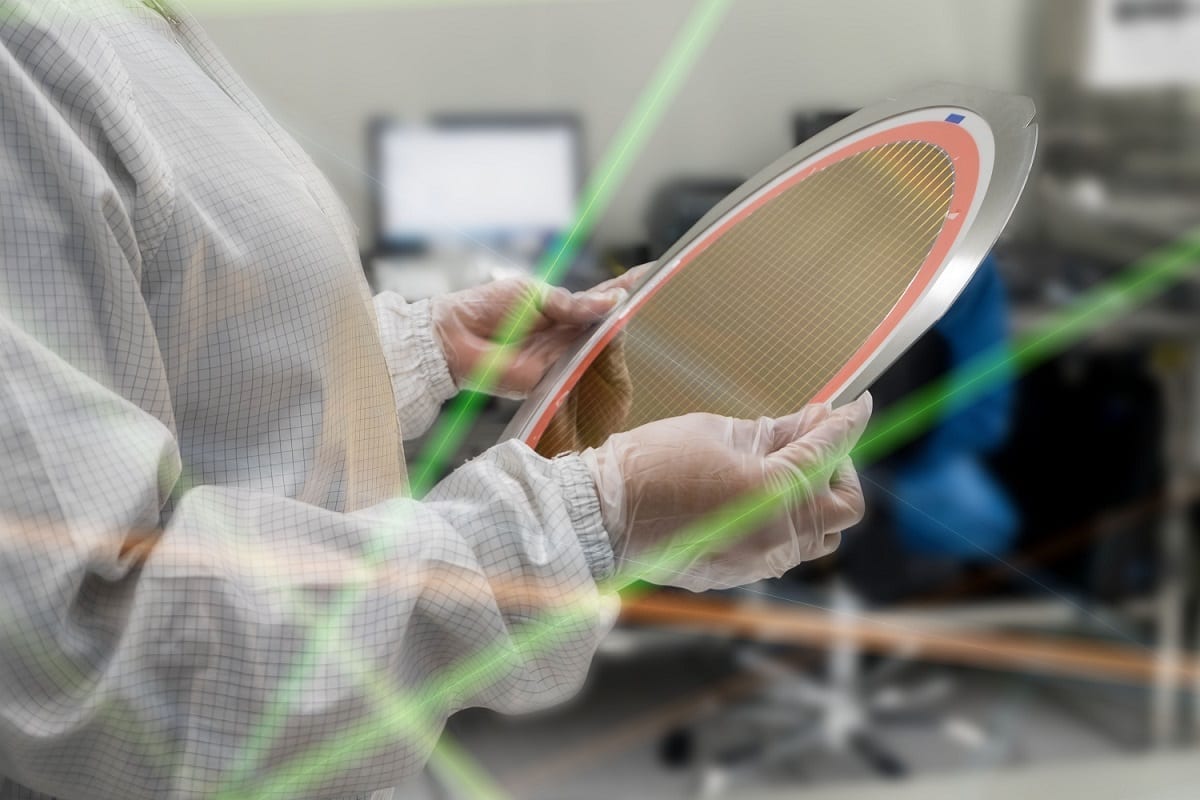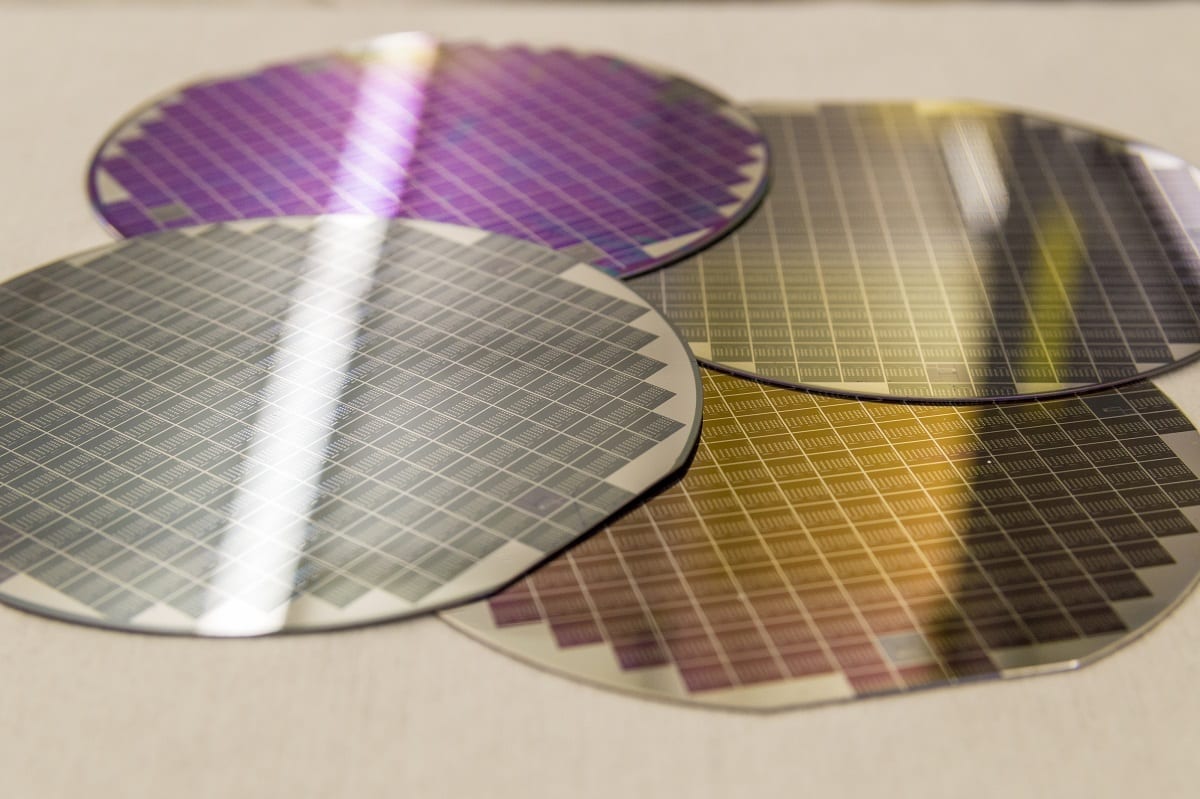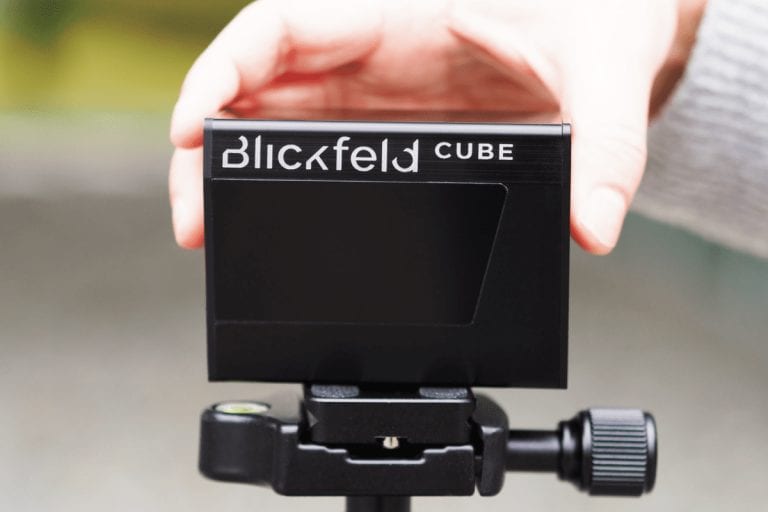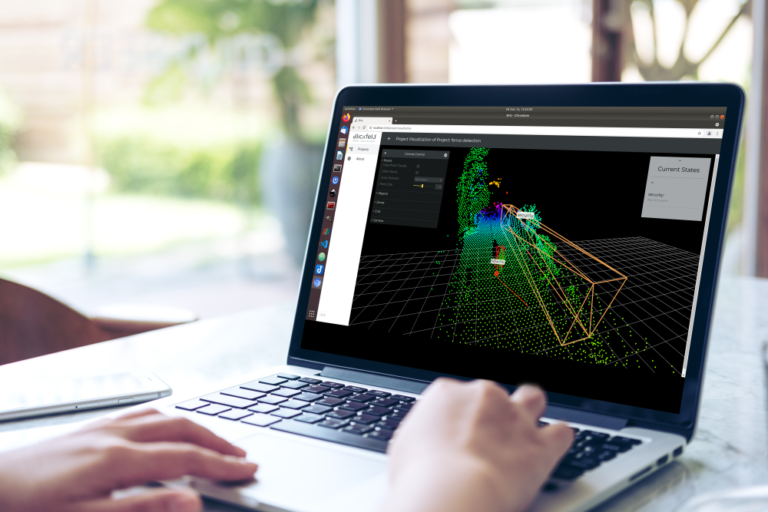“MEMS-based LiDAR sensors are usually less expensive, but they are not high-performance enough for use in autonomous vehicles.” We hear sentiments like this quite often. In this blog post we will explain how our sensors effectively invalidate this assumption, how we developed a MEMS technology for LiDAR, how we found the perfect mirror size for our LiDAR, and what considerations factored in to our decisions.
Needed for automotive applications: performance and scalability
For use in autonomous vehicles, LiDAR sensors have to meet two basic requirements: on the one hand, they have to deliver high performance, including long range and a wide field of view. On the other hand, they must also be scalable so that millions can be produced and installed in vehicles. LiDAR manufacturers meet these challenges through various approaches. Mechanical LiDAR systems, whose beam deflection units are moved mechanically by motors, are still the most commonly used systems today. Although these devices boast a wide field of view — some up to 360° — and long range, their mechanics require regular maintenance and are large, heavy, and expensive to produce. Thus, mechanical LiDAR systems solve only the performance side of the two major demands placed on the sensor industry.
Another approach to meet these challenges is MEMS (microelectromechanical systems) technology. Here, components are produced in silicon, which has the advantage of scalability: since this technology has been tried and tested over many years, identical components can be produced in a cost-efficient manner and in large quantities. This approach is also used, among other things, in the production of microsensors.
But how do MEMS-based LiDAR systems meet the challenges of performance?
Long range with the help of the right laser source
For autonomous vehicles to be able to travel at high speeds, they must be able to “see” and perceive the world around them — not only in their immediate vicinities, but also at greater distances. This is particularly important when driving on highways, as vehicles are moving faster and therefore objects, bends, and other vehicles must be reliably detected at greater distances in order to be able to react in good time. Sensors therefore require a long range in order to enable autonomous driving at highway speeds.
In order to achieve this range with a LiDAR sensor, either the emitter or the detector needs to be optimized specifically for this application.
One possible starting point for such adjustments is the laser source. Typically, lasers with two different wavelengths are used in LiDAR sensors. Some LiDAR manufacturers rely on fiber lasers with wavelengths of 1550 nm. This wavelength cannot be focused by the human eye and can thus be used in an eye-safe manner even at high energy levels. This results in a longer range — the more energy used, the further the device “sees”. However, this type of laser source also has a decisive disadvantage: 1550 nm lasers are large and complex to manufacture, which leads to higher prices and large LiDAR housing dimensions.
Many LiDAR applications therefore use laser diodes that emit laser pulses with wavelengths of 905 nm. These have the distinct advantage of being very small and having been used for a long time in a wide variety of applications. As a result, these diodes are inexpensive and available on the market in large quantities. However, eye safety regulations require that the beam strength of the diodes be lower than that of 1550 nm lasers. The optimization on the emitter side is therefore limited.

Searching for the right mirror size
So how can the detector be optimized? Here the aperture plays an important role in achieving long ranges. It describes the size of the detector. In the case of our MEMS-based design, the aperture corresponds to mirror size. In order to capture as much light as possible, a large aperture — in other word as large a mirror as possible — is required. However, mirror size is also limited by certain factors – and so it is necessary to calculate the optimal mirror size while taking these into account. These factors are: photon number to be received, collimation, deflection angle, and resonance frequency.
Photon number
On the one hand, the size of the mirror used in LiDAR unit depends on how many photons have to be emitted in order for a sufficient number of photons to come back, thereby detecting an object. This minimum number of photons can be calculated accurately based on the link budget. This measure includes how many photons are lost at distance and through low reflective surfaces, homogeneous scattering of light, and detector inefficiency. In this way, it is possible to calculate how many photons must be emitted, or how large the aperture must be so that a minimum number of photons can be detected again. In addition, Blickfeld sensors have a coaxial design, which means that only the light that comes back from the same direction in which it was emitted is recaptured. This is advantageous in that it prevents other random light signals from being picked up and disturbing or falsifying the images.
Collimation
In order to obtain high-resolution data that reliably identifies even small objects, the lasers must hit objects in a collimated form. This collimation is achieved by placing a lens in front of the laser. Now the mirror size comes into play again: a mirror must be exactly large enough to deflect all the light collimated by the lens. This depends on the focal length required for optimal collimation and thus high resolution.
Resonant frequency
MEMS mirrors oscillate at a certain resonant frequency. They are triggered by integrated actuators and therefore do not require motors or any other mechanical means. This is a clear advantage because motors and moving parts quickly wear out and require regular maintenance. These problems do not arise if the oscillation is triggered by integrated actuators.
The resonant frequency at which a mirror oscillates depends on the size and mounting of the mirror. For this purpose we have developed a proprietary technique for embedding the mirrors in order to be able to use particularly large mirror sizes. Due to these unusually large diameters, a large number of photons can be directed into the surroundings and back onto the detector, which allows Blickfeld LiDAR sensors to achieve accurate a long range. In addition, thanks to their larger size, these mirrors are more robust than conventional products, which are only a few millimeters in diameter. Mirrors used in Blickfeld LiDARs also have high resonant frequencies due to their lightweight construction, which ensures that the greatest possible number of photons are returned to the detector: if the mirror oscillates too quickly or too slowly, photons will pass the detector due to the coaxial structure.
MEMS technology specifically designed for LiDAR applications
In conclusion, mirror sizes are determined by a wide array of factors. In order to build the most high-performance LiDARs based on MEMS, mirrors must have specially developed compositions, sizes, and embeddings. And only if the MEMS technology is specifically developed with LiDAR applications in mind can the requirements of a long range, a wide field of view, and high resolutions be achieved.





